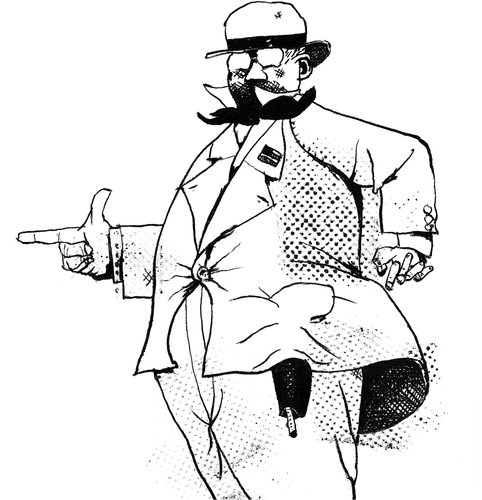| Want to send this page or a link to a friend? Click on mail at the top of this window. |
| Posted January 13, 2011 |
| When Congress Was Armed And Dangerous |
|
By JOANNE B. FREMAN |
| NEW HAVEN |
 |
|
JONATHAN TWINGLEY |
| Wehaitians.com, the scholarly journal of democracy and human rights |
| More from wehaitians.com |